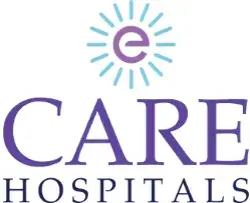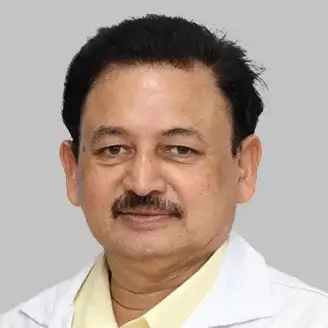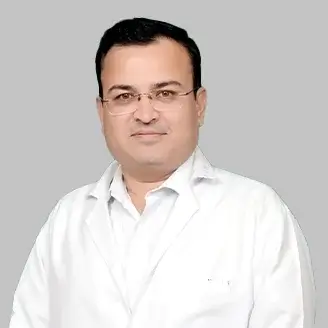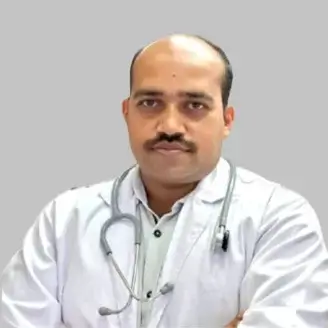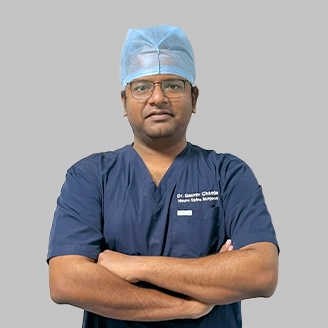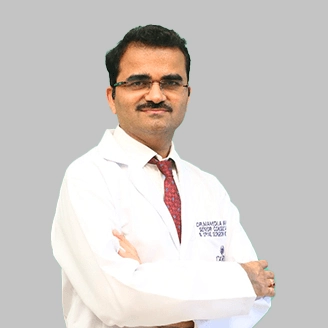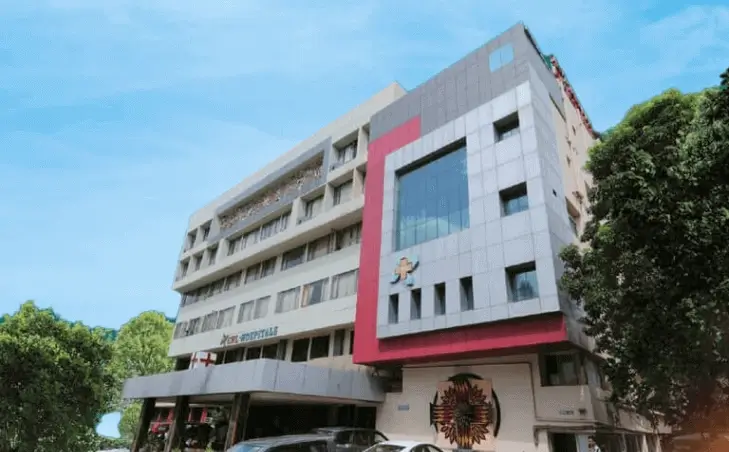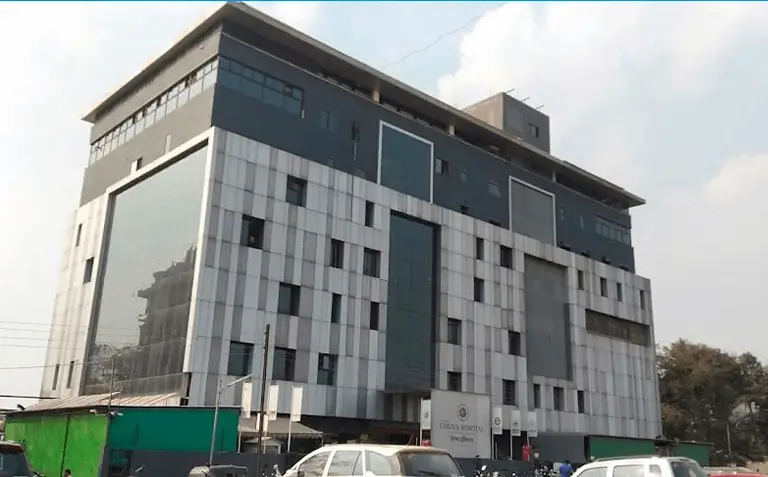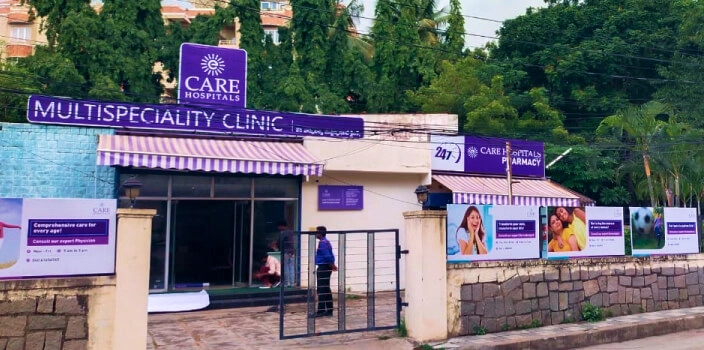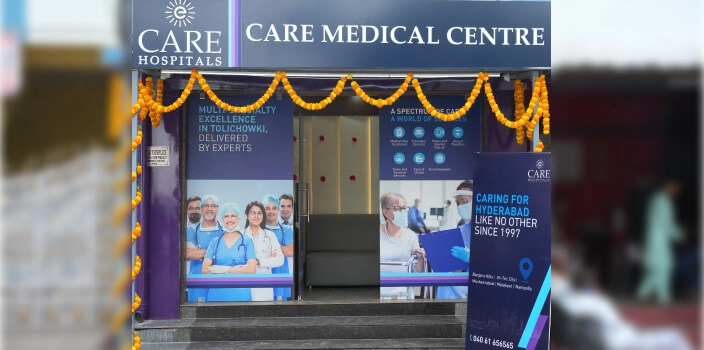-
Doctors
-
Specialities & Treatments
Centre of Excellence
Specialties
Treatments and Procedures
Hospitals & Directions HyderabadCARE Hospitals, Banjara Hills CARE Outpatient Centre, Banjara Hills CARE Hospitals, HITEC City CARE Hospitals, Nampally Gurunanak CARE Hospitals, Musheerabad CARE Hospitals Outpatient Centre, HITEC City CARE Hospitals, Malakpet
HyderabadCARE Hospitals, Banjara Hills CARE Outpatient Centre, Banjara Hills CARE Hospitals, HITEC City CARE Hospitals, Nampally Gurunanak CARE Hospitals, Musheerabad CARE Hospitals Outpatient Centre, HITEC City CARE Hospitals, Malakpet Raipur
Raipur
 Bhubaneswar
Bhubaneswar Visakhapatnam
Visakhapatnam
 Nagpur
Nagpur
 Indore
Indore
 Chh. Sambhajinagar
Chh. SambhajinagarClinics & Medical Centers
Book an AppointmentContact Us
Online Lab Reports
Book an Appointment
Consult Super-Specialist Doctors at CARE Hospitals

Best Hospital for VP Shunt Surgery in Hyderabad
- Advanced Technology
- Shorter Hospital Stay
- Pre & Post-Operative Care
- All Insurance Accepted

Chat With Our Experts
Get second opinion on Whatsapp
25 lakhs+
Happy Patients
Experienced and
skilled surgeons
17
Health Care Facilities
Top most Referral Centre
for Complex Surgeries
Advanced VP Shunt Surgery
Did you know that over 69,000 people in India undergo brain surgeries each year? A ventriculoperitoneal (VP) shunt procedure can be life-changing for many of these patients. But what exactly is a VP shunt, and why might you need one?
A VP shunt is a medical device used to treat hydrocephalus, a condition where excess cerebrospinal fluid builds up in the brain. This innovative surgical procedure helps drain the excess fluid, relieving pressure and potentially preventing serious complications.
Choosing the right hospital is crucial if you or a loved one is considering VP shunt surgery. That is where CARE Group Hospitals comes in. As a leading healthcare provider in Hyderabad, we combine world-class technology with compassionate care to ensure the best possible outcomes for our patients.
Why CARE Group Hospitals is Your Top Choice for VP Shunt Surgery in Hyderabad
When it comes to managing hydrocephalus, choosing the right hospital is crucial. CARE Hospitals stands out as the best hospital for VP shunt surgery for several compelling reasons:
- Unparalleled Expertise: Our team of neurosurgeons brings decades of combined experience in complex cerebrospinal fluid (CSF) disorders.
- Cutting-edge Technology: We house the latest neuroimaging and surgical navigation systems, ensuring precise diagnosis and optimal surgical outcomes.
- Comprehensive Care Approach: Our Hospitals offer a holistic treatment journey from pre-operative assessment to post-surgery rehabilitation.
- Patient-centric Focus: We prioritise your comfort and well-being, addressing both physical symptoms and emotional concerns throughout your treatment.
- Proven Track Record: Our success rates in VP shunt surgeries are among the highest in India, with numerous patients experiencing significant improvement in their condition.
Best VP Shunt Surgery Doctors in India


Cutting-edge Surgical Innovations at CARE Hospital
At CARE Hospitals, we are at the forefront of neurosurgical innovation.Our advanced VP shunt surgery techniques include the following:
- Programmable Shunt Valves: Allowing non-invasive pressure adjustments post-surgery.
- Endoscopic-assisted Shunt Placement: Minimising surgical trauma and improving accuracy
- 3D Neuronavigation: Enhancing surgical precision and safety.
- Antimicrobial Shunt Catheters: Reducing the risk of shunt infections.
- Intraoperative Imaging: Ensuring optimal shunt placement during surgery.
Conditions for VP Shunt Surgery
Doctors generally recommend VP shunt surgery for various conditions, including:
- Congenital hydrocephalus
- Normal pressure hydrocephalus (NPH)
- Post-traumatic hydrocephalus
- Hydrocephalus secondary to brain tumours
- Communicating and non-communicating hydrocephalus
- Idiopathic intracranial hypertension
Get Right Diagnosis, Treatment & Cost Estimate Details to
Make a Fully Informed Decision.
Types of VP Shunt Procedures
We offer a range of VP shunt procedures customised to each patient's specific condition:
- Standard VP Shunt Placement: In this traditional VP shunt procedure, the surgeon places a shunt to drain excess cerebrospinal fluid (CSF) from the brain to the abdomen
- Endoscopic-assisted VP Shunt Insertion: This minimally invasive approach uses an endoscope for precise placement
- Programmable Shunt Valve Implantation: Features an adjustable valve that allows surgeons to control CSF drainage levels without additional surgery
- Lumboperitoneal (LP) Shunt: Redirects excess spinal fluid from the lower back to the abdomen
- Revision Surgery: Performs to repair or replace a failing shunt
Pre-surgery Preparation
Proper surgical preparation is key to a successful VP shunt surgery and recovery. Our comprehensive pre-surgery process includes:
- Detailed neurological evaluation
- Advanced neuroimaging (MRI, CT scans)
- Cerebrospinal fluid analysis
- Pre-operative medical optimisation
- Patient and family education sessions
- Anaesthesia assessment
- Customised Pre-operative Instructions
VP Shunt Procedure Steps
At our Hospitals, VP shunt surgeries are performed with the utmost precision and care. The steps include:
- Anaesthesia Induction: Ensuring your comfort throughout the procedure.
- Incision and Burr Hole Creation: Small incisions in the scalp and abdomen.
- Ventricular Catheter Placement: Guided by neuronavigation for accuracy.
- Valve Attachment: Connecting the ventricular catheter to the appropriate valve system.
- Peritoneal Catheter Placement: Tunnelling the catheter to the abdominal cavity.
- System Testing: Ensuring proper CSF flow before closure.
- Wound Closure: Meticulous closure of incisions.
The shunt procedure typically takes 1 to 2 hours, depending on the case's complexity.
Post-surgery Recovery
Proper recovery after VP shunt surgery is crucial because it ensures the proper functioning of the shunt and prevents complications. Our post-surgery care includes:
- Intensive Care Monitoring: Immediate post-operative observation.
- Pain Management: Tailored protocols to ensure your comfort.
- Neurological Assessments: Regular checks to monitor your progress.
- Wound Care: Ensuring proper healing of surgical sites.
- Patient and Family Education: Guidance on shunt care and potential complications.
- Rehabilitation Services: If needed, to support your return to daily activities.
- Regular Follow-ups: Close monitoring of shunt function and overall health.
Risks and Complications
While VP shunt surgery is generally safe, potential risks include:
- Shunt malfunction or blockage
- Infection
- Over-drainage or under-drainage of CSF
- Shunt migration
- Abdominal complications
- Seizures (rare)

Benefits of VP Shunt Surgery
The benefits of successful VP shunt surgery can be life-changing:
- Relief from hydrocephalus symptoms
- Improved cognitive function
- Enhanced mobility and balance
- Reduced intracranial pressure
- Prevention of further neurological damage
- Overall improvement in quality of life
Insurance Assistance for VP Shunt Surgery
Navigating insurance can be daunting. Our dedicated patient support team offers the following:
- Insurance coverage verification for VP shunt surgery
- Assistance with pre-authorisation process
- Transparent cost breakdowns
- Guidance on financial assistance programs
Second Opinion for VP Shunt Surgery
We encourage informed decision-making. Our second opinion service includes:
- Comprehensive review of medical records
- Fresh evaluation by our expert panel
- Detailed discussion of treatment options
- Personalised recommendations
Conclusion
At CARE Group Hospitals in Hyderabad, VP shunt surgery isn't just a procedure but a pathway to renewed health and enhanced quality of life. Our world-class facilities, coupled with a team of expert neurosurgeons, ensure you receive world-class care tailored to your unique needs.
We understand that the prospect of brain surgery can be daunting. That is why we've developed a comprehensive approach that guides you from pre-surgery preparation through post-operative recovery, addressing potential risks while maximising benefits. Our commitment to cutting-edge surgical innovations means you will have access to the latest innovations in VP shunt procedures.
VP Shunt Surgery Hospitals in India
-
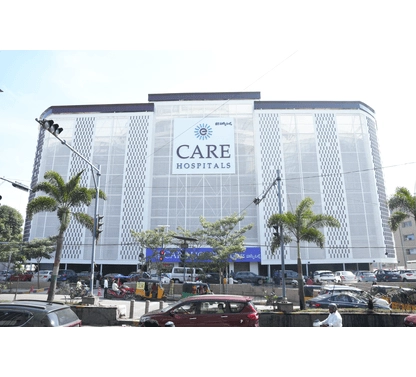
CARE Hospitals, Banjara Hills, Hyderabad
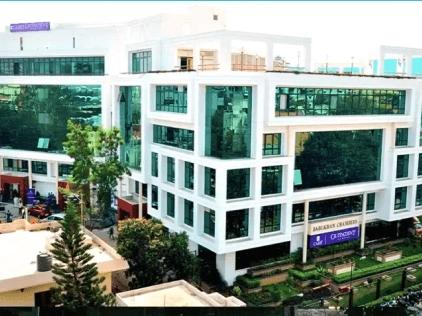
CARE Hospitals Outpatient Centre, Banjara Hills, Hyderabad

CARE Hospitals, HITEC City, Hyderabad
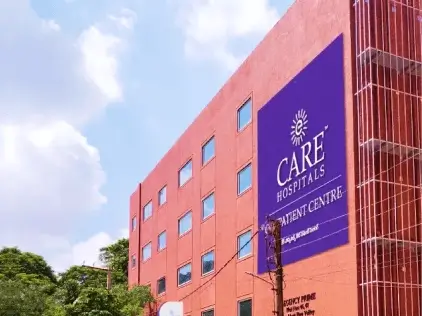
CARE Hospitals Outpatient Centre, HITEC City, Hyderabad
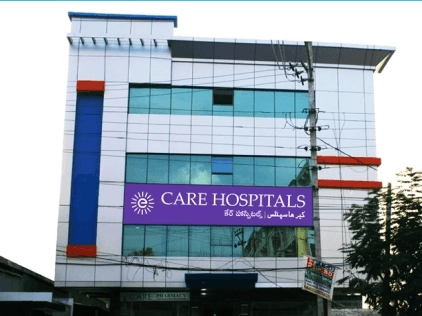
Gurunanak CARE Hospitals, Musheerabad, Hyderabad
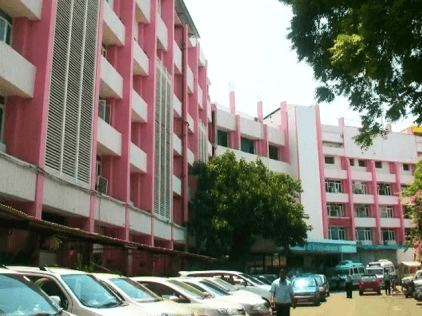
CARE Hospitals, Nampally, Hyderabad
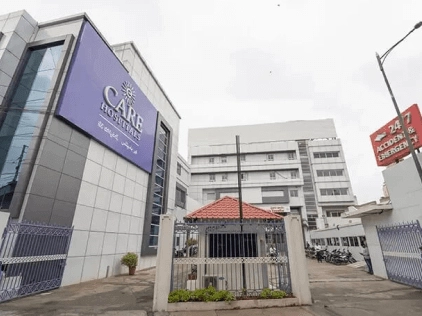
CARE Hospitals, Malakpet, Hyderabad
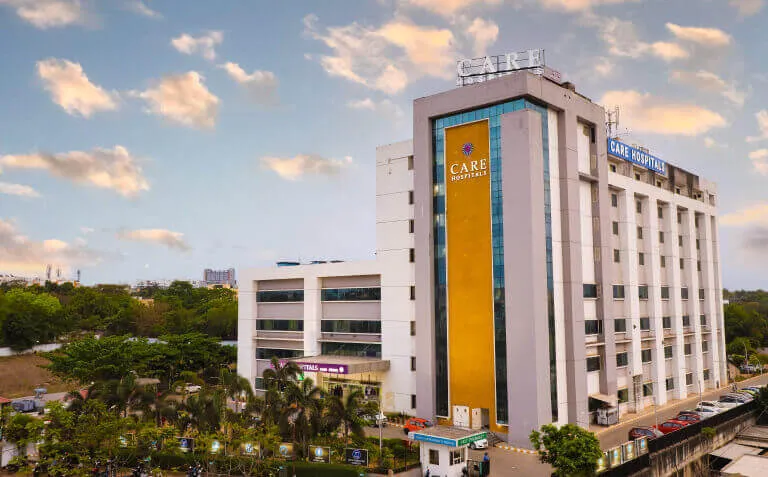
CARE Hospitals, Bhubaneswar
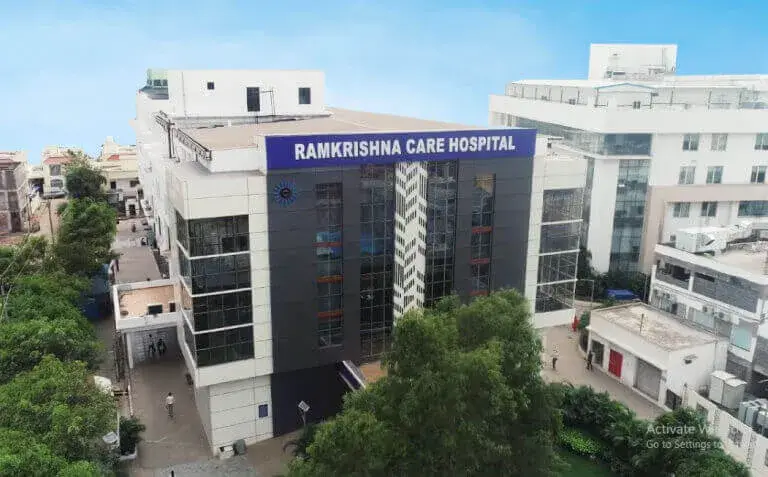
Ramkrishna CARE Hospitals, Raipur
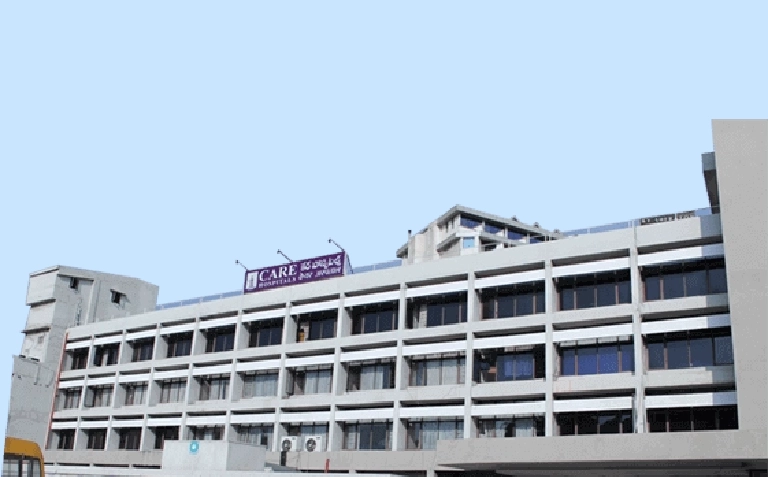
CARE Hospitals, Ramnagar, Visakhapatnam
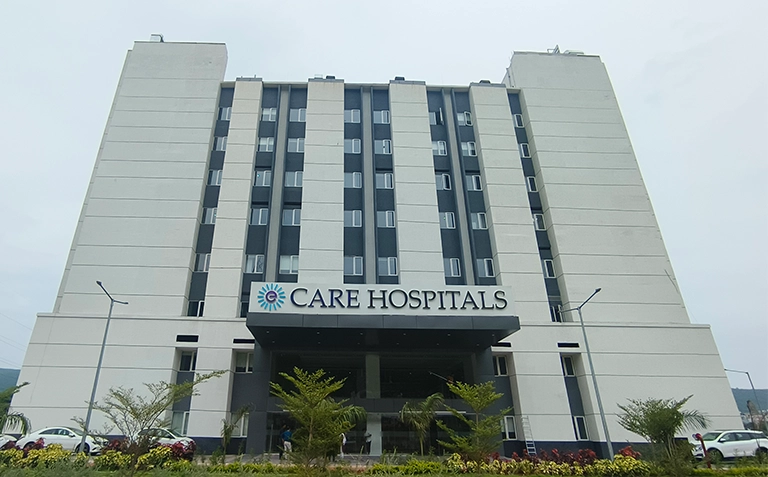
CARE Hospitals, Health City, Arilova

Ganga CARE Hospital Limited, Nagpur
Related Surgeries
- Best Hospitals for Cesarean Delivery in Hyderabad
- Best Hospital for Vaginal Hysterectomy in Hyderabad
- Best Hospital for Cholecystectomy Surgery in Hyderabad
- Best Hospital for Colectomy Surgery in Hyderabad
- Best Hospitals for Colostomy Surgery in Hyderabad
- Best Hospitals for Laparotomy Surgery in Hyderabad
- Best Hospital for Parotidectomy Surgery in Hyderabad
- Best Hospitals for Ovarian Cancer Surgery in Hyderabad
- Best Hospitals for Pancreatectomy Surgery in Hyderabad
- Best Hospitals for Sigmoidoscopy Surgery in Hyderabad
- Best Hospitals for Endometrial Cancer Surgery in Hyderabad
- Best Hospitals for Whipple Surgery in Hyderabad
- Best Hospitals for Thyroidectomy Surgery in Hyderabad
- Best Hospitals for Cardioversion Procedures in Hyderabad
- Best Hospitals for Pacemaker Insertion Surgery in Hyderabad
- Best Hospital for Endovenus Laser Surgery in Hyderabad
- Best Hospitals for Atrial Septal Defect Surgery in Hyderabad
- Best Hospital for Video-Assisted Thoracoscopic Surgery in Hyderabad
- Best Hospital for Ventricular Septal Defect Surgery in Hyderabad
- Best Hospital for Heart Valve Replacement Surgery in Hyderabad
- Best Hospital for Thoracotomy Surgery in Hyderabad
- Best Hospitals for Pericardiectomy Surgery in Hyderabad
- Best Hospitals for Aortic Valve Replacement Surgery in Hyderabad
- Best Hospitals for Mitral Valve Replacement Surgery in Hyderabad
- Pneumonectomy Surgery in Hyderabad
- Spinal Fusion Surgery in Hyderabad
- Best Hospitals for Ankle Surgery in Hyderabad
- Best hospital for carpal tunnel release surgery in Hyderabad
- Best Hospitals for Ligament Repair Surgery in Hyderabad
- Best Hospitals for Elbow Surgery in Hyderabad
- Best Hospitals for Arthroscopic Meniscal Repair Surgery in Hyderabad
- Best Hospitals for Laminectomy Surgery in Hyderabad
- Best Hospital for Bladder Suspension Surgery in Hyderabad
- Best Hospital for Oesaophagectomy Surgery in Hyderabad
- Best Hospitals for Roux-en-Y Gastric Bypass in Hyderabad
- Best Hospitals for Small Bowl Resection in Hyderabad
- Best Hospitals for Vasectomy in Hyderabad
- Best Hospital for Tubal Ligation Surgery in Hyderabad
- Best Hospitals for Endometrial Ablation Surgery in Hyderabad
- Best Hospital for Arthroscopy Surgery in Hyderabad
- Best Hospital for Choledochocystectomy Surgery in Hyderabad
- Best Hospital for Choledochojejunostomy Surgery in Hyderabad
- Best Hospital for Choledocoduodenostomy Surgery in Hyderabad
- Best Hospital for Circumcision Surgery in Hyderabad
- Best Hospital for DJ Stent Removal Surgery in Hyderabad
- Best Hospital for Fistula Surgery in Hyderabad
- Best Hospital for Hiatus Hernia Surgery in Hyderabad
- Best Hospital for Incisional Hernia Surgery in Hyderabad
- Best Hospital for Laparoscopic Hysterectomy Surgery in Hyderabad
- Best Hospital for Laser Prostatectomy Surgery in Hyderabad
- Best Hospital for Open Reduction Internal Fixation (ORIF) Surgery in Hyderabad
- Best Hospital for PCNL Surgery in Hyderabad
- Best Hospital for Penile Implant Surgery in Hyderabad
- Best Hospital for Piles Surgery in Hyderabad
- Best Hospital for Pilonidal Sinus Surgery in Hyderabad
- Best Hospital for Peroral Endoscopic Myotomy Surgery in Hyderabad
- Best Hospital for Retrograde Intrarenal Surgery in Hyderabad
- Best Hospital for Spine Decompression Surgery in Hyderabad
- Best Hospital for Squint Eye Surgery in Hyderabad
- Best Hospital for Thyroplasty Surgery in Hyderabad
- Best Hospital for Turp Surgery in Hyderabad
- Best Hospital for Ureteroscopic lithotripsy Surgery in Hyderabad
- Best Hospital for Vitrectomy Surgery in Hyderabad
- Best Hospital for VP Shunt Surgery in Hyderabad
- Best Hospital for Wisdom Tooth Surgery in Hyderabad
- Best Hospitals for Oophorectomy in Hyderabad
Frequently Asked Questions
VP shunt surgery is a procedure to treat hydrocephalus by inserting a catheter system that diverts excess CSF from the brain cavity to the abdominal cavity.
The average VP shunt surgery time is 1 to 2 hours, depending on the case's complexity.
While generally safe, risks can include infection, shunt malfunction, and over or under-drainage of CSF. Our team takes extensive precautions to minimise these risks.
Most patients spend 2-3 days in the hospital. Full recovery can take 4-6 weeks, but many patients experience symptom improvement soon after surgery.
Yes, when performed by experienced neurosurgeons, VP shunt surgery is very safe and effective.
While some post-operative discomfort is normal, advanced pain management techniques ensure your comfort throughout recovery.
VP shunt surgery is considered a significant neurosurgical procedure, but advancements have made it less invasive and more routine.
Most patients can resume light physical activities within 1-2 weeks, gradually returning to normal activities over 4-6 weeks under the doctor's guidance.
Our team provides round-the-clock care and is fully equipped to promptly and effectively manage any complications.
Many insurance plans cover medically necessary VP shunt surgeries. Our patient management team will assist you in verifying insurance coverage and understanding your benefits.
Still Have a Question?
